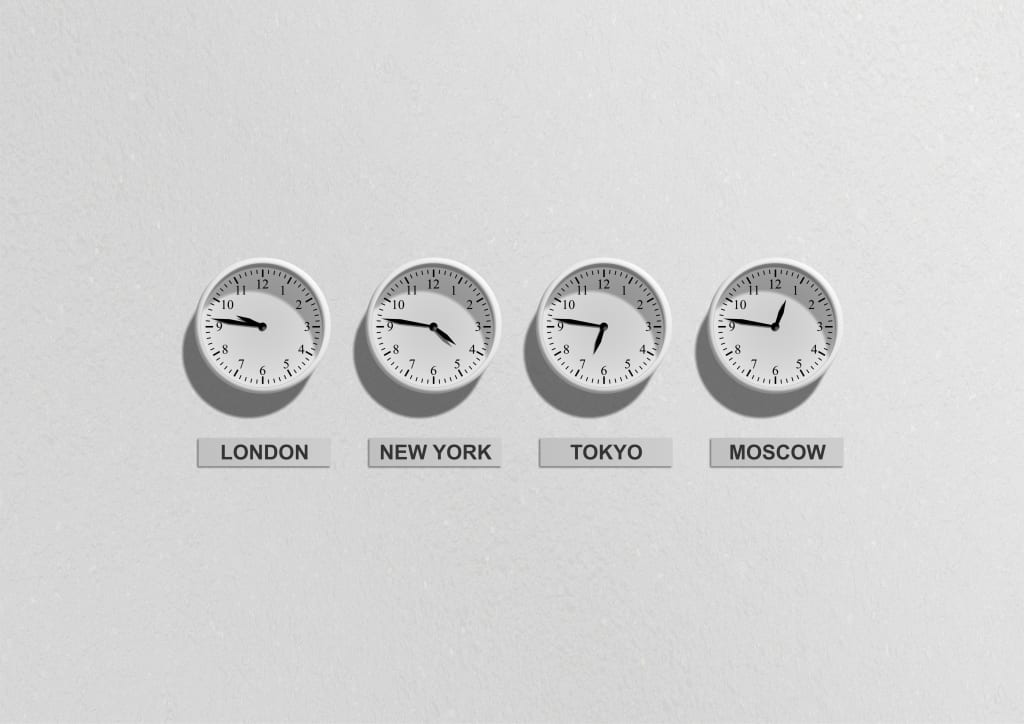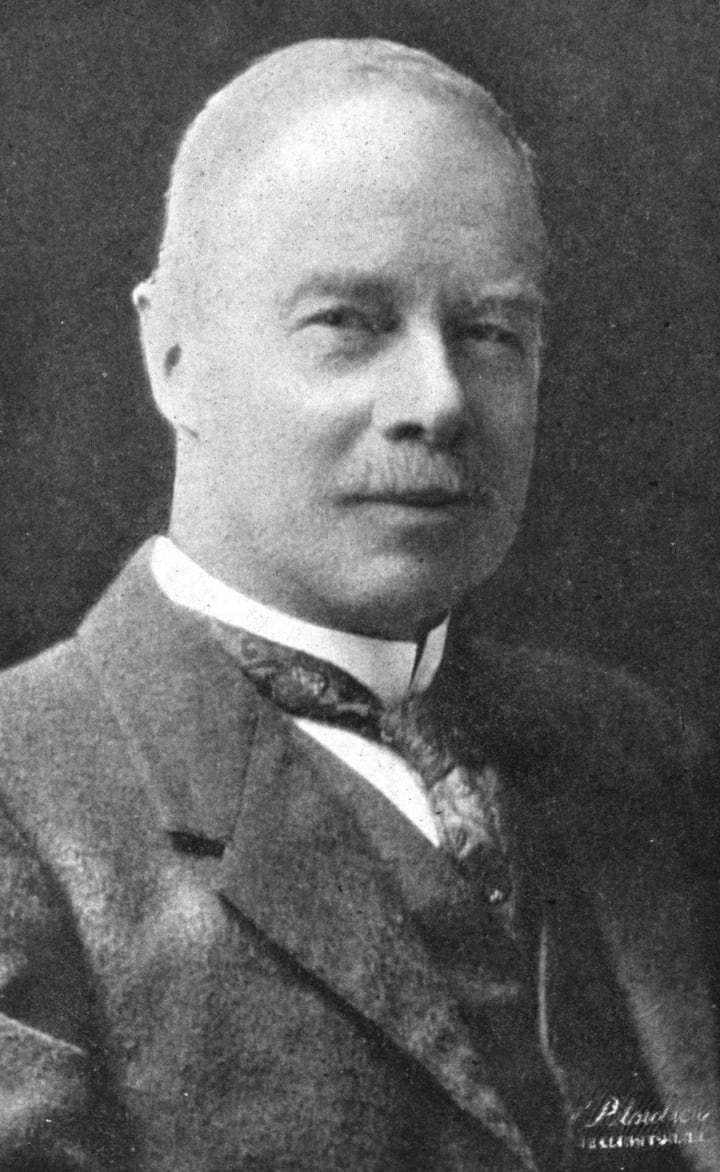Daylight Saving and The Illusion of Time
Deconstructing the Practice and Assumptions of Daylight Saving Time

Growing up in the tropics, we had two seasons: dry and wet. From January to June, rainfall is scarce, the air is practically devoid of moisture, and the sun is hotter than usual, which, living on an island in the Caribbean, is saying a lot. Onwards from July, it is more common to be lulled to sleep by the pitter-patter of rain outside your windows. As a bonus, the threat of hurricanes is ever-present. With the acceleration of climate change, the line between these two seasons has become a bit more blurred.
My earliest perception of Daylight Saving Time was one of annoyance and frustration. As a child, I didn't understand why sometime in November, all of my favourite Disney Channel shows would start premiering one hour later than usual. Given that I had a bedtime of 9 PM then, I became suddenly unable to enjoy my regular series until time reverted to normal in March. It was maddening. They can't just mess with the times; who do they think they are?
Now that I'm significantly older and live in a temperate climate, I get it (kind of). Still, I have total empathy for anyone out there who also feels the intimate disruption of not being able to watch your shows at the usual time.
#DaylightSavingTime is trending on Twitter right now, with many gearing up for the turning of time that signals the end of the icy, hollow blackness of Winter into the rebirth, renewal and life of Spring. This period will officially begin at 2 AM EST this Sunday, March 14th and end on Sunday, November 7th, 2021, at 2 AM. If, like me, you are confused about this practice's purpose, stick around as I try to break this down in the way that it was broken down for me when I first moved here. How many territories observe the practice of Daylight Saving Time? Who said this was okay? Why, for the love of everything great in this world, do we do this?
What The Heck is Daylight Saving Time, Anyway?
Daylight Saving Time (DST) refers to the widespread practice of adjusting clocks one hour ahead of Standard Time, typically during March and subsequently readjusting them during November. The actual date of the change is variable depending on which region of the world you are in, but for the US and Canada, Daylight Saving Time occurs officially every year on the second Sunday in March at 2 AM and ends on the first Sunday in November at the same time. This creates a 23-hour day when DST begins (the shortest day of the year) and a long 25-hour one on the day that it ends. Essentially, we take one hour from the morning period and add it to the evening period. All of this sounds weird as hell. Believe me, I still think it's mind-boggling, but there's a method to the madness.
Why Do We #SpringForward?
Why is this even a thing? There are a few guiding principles behind the standardization of this practice. Generally, if you live near to the equator, your days and nights are pretty evenly split. 12 hours each. No ifs, ands or buts. That's what I grew up with. However, those regions near the South and North Pole experience exceedingly long daylight periods in the summer and shorter ones during the winter months. It follows, then, that countries falling in the latter category observe Daylight Saving Time.

One argument is that Daylight Saving Time helps to conserve energy during the summer months. Because DST's net effect is a longer evening and an extended period of sunshine, many believed that this would cut household energy usage overall. However, recent research has suggested that the cut in household energy as a result of DST is practically negligible. As society has advanced, lighting has become more efficient and less energy-consuming. In contrast, the energy expended from other household technologies such as computers, phones, heating and air conditioning has continued to rise.
Another case for DST suggests that the extended daylight time can help to improve safety in different areas. Specifically, road accidents and crime rates tend to fall overall during DST. I think we can all agree that it is way easier to drive during the day and significantly more difficult to commit a crime (and get away with it) during broad daylight. The data supports this argument. By far, the best benefit of Daylight Saving Time, in my opinion, is the beautiful, wonderful, amazingly long summer days. I, for one, love that the sun sets at 8:30 PM during the summer. I feel safer walking home at night. The sun rises earlier and sets later, and it tricks me into thinking that I have more time each day. I don't know if anyone else experiences this, but I physically cannot do anything productive when the sun isn't out. The sun being out most of the time is part of what makes DST so great.
Who Thought This Was a Good Idea?
Technically, the idea for Daylight Saving Time was initially pitched by Benjamin Franklin all the way back in 1784 in a satirical letter penned in a French Journal. He suggested that citizens would save on the cost of burning candles if they arose a bit earlier to take advantage of the early morning light. He was mostly joking but was definitely onto something. The idea of DST as we presently know it, however, would be proposed in earnest in 1895 by George Hudson, an entomologist from New Zealand who suggested a DST of 2 hours. I looked up the word entomologist, and apparently, it refers to a person that studies insects. So, a dude that specialized in studying bugs decided that we should change our clocks periodically. And we did it.

The small city of Port Arthur in Ontario, Canada, became the first city in the world to adopt the practice on July 1st, 1908 (Canada Day!). They were followed a few years later by the German Empire in 1916 in a bid to save on coal during World War 1. Subsequently, England and its war allies followed suit with the United States joining the DST Party in 1918. After the war ended, most territories (with some key exceptions) forgot about Daylight Saving Time because it no longer served them. If we're not waging war, we don't really need to save on coal, I guess. Laughs in World War II and 1970s energy crisis. The widespread energy shortages of petroleum, which resulted in skyrocketing energy prices in the 1970s, incentivized a shift back to Daylight Saving Time and here were are!
Who Observes DST?
As it turns out, not that many countries observe Daylight Saving Time. In fact, less than 40% of them do. Most countries in the Northern Hemisphere (with some exceptions) utilize the practice. Countries in the Southern Hemisphere, because of flipped seasons, also flip their practice of DST. So while those in Canada and the US are just about to begin DST this Sunday, people living down under in Australia and New Zealand can expect their DST to END on the first Sunday in April. They enter into Fall and Winter just as we exit it.
Countries not only vary in start and end dates for Daylight Saving Time but also for the length of time that they adjust the clocks. One island in Australia, Lord Howe Island, famously only adjusts their clocks 30 minutes ahead, instead of a whole hour. Likewise, some territories always set their time to Daylight Saving Time. These include Argentina, Belarus, Malaysia and Saskatchewan, Canada, among others. The prevailing argument is that they receive DST's benefits without the weirdness and confusing nature of having to shift time twice in one year. Crazy that there is so much nuance and variation embedded in the concept of Daylight Saving Time.
---
I find this all to be so fascinating so forgive me if I rambled on and on. What we can learn from this, I guess, is that time is basically an illusion. It's not set in stone. We as humans have collectively decided on an arbitrary measure of time that we've also collectively decided to alter every now and then to fit our purposes. Only, some countries are not privy to the alteration. Other countries, while privy to the alteration, don't alter their time in precisely the same way. Or they choose to convert it for all eternity to avoid having to change it back every few months. And this whole shtick started when a man who studied insects for a living suggested it might be a good idea. This concept confused the life out of me when I was younger, and if I'm honest, it still kind of does. At least now I live in a territory that observes it, so I'm not slighted every year when my favourite cable TV series suddenly premiere a little later than usual.
---------------------------------------------------
If you liked this post, please be sure to like this post! If you're able to leave a small tip, it'd be greatly appreciated and also, feel free to check out some of my latest stories. I recommend starting with this one:
About the Creator
Laquesha Bailey
22 years old literally, about 87 at heart. I write about self care, university life, money, music, books and whatever else that piques my interest.
@laqueshabailey






Comments
There are no comments for this story
Be the first to respond and start the conversation.